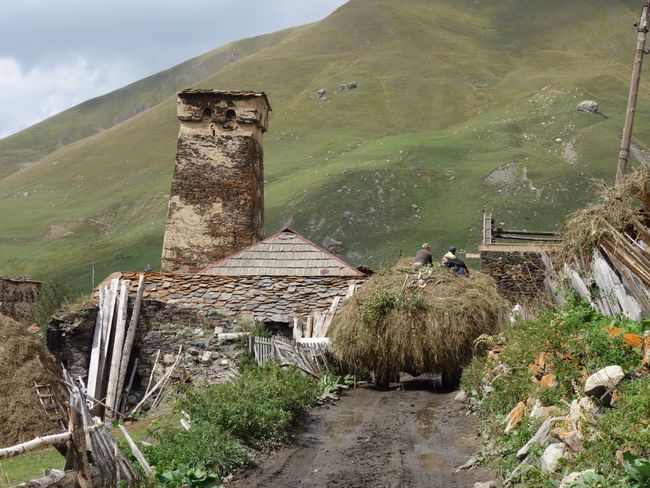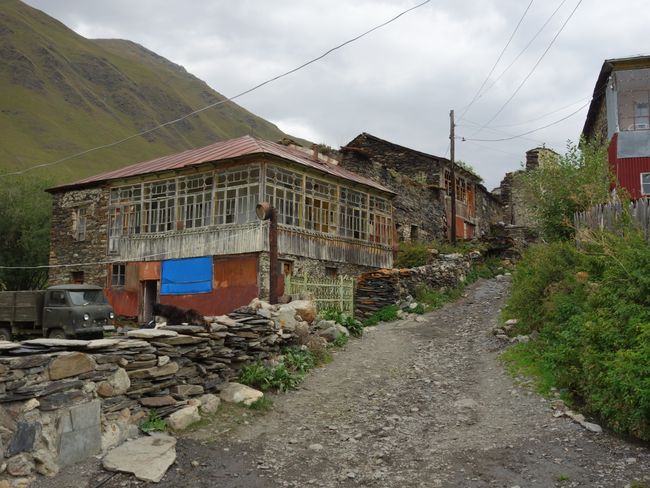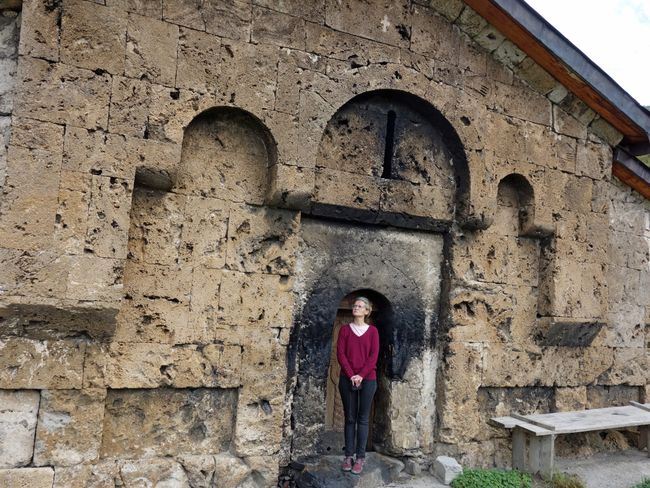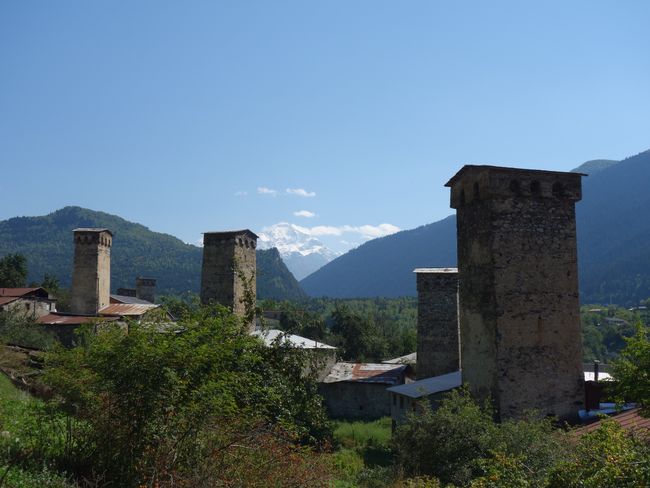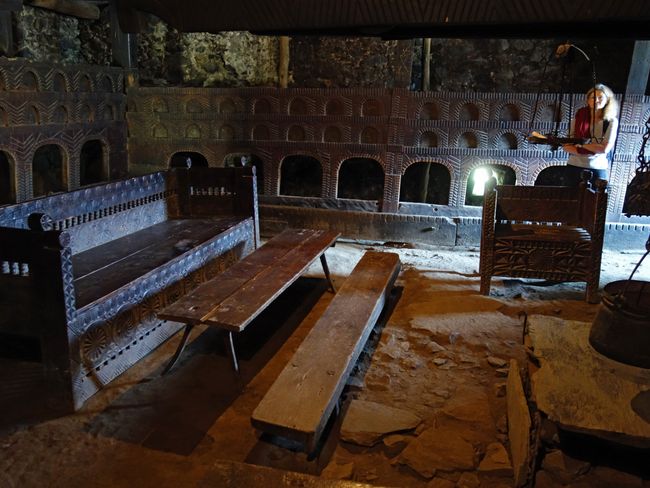Behind the seven mountains
प्रकाशित: 15.09.2018
समाचारपत्रको सदस्यता लिनुहोस्
Only since 1938 has the road to Mestia been completed. I don't even want to imagine how people used to get to the village located at an altitude of 1,500m before that. The two of us, experienced mountain road drivers from Austria, need just under 3 hours for a little over 100 km.
For those who know us, you are probably wondering what drives us to travel so far and so high into the mountains. It's quite simple: there is something to see here, the medieval tower houses of the Svan villages, which are also a World Heritage Site by the way. And since we were already here, we decided to stay a little longer - so this time the text is a bit longer too. Stay with us, dear people, it is probably the best that Georgia has to offer.
Mestia is the main town, but not the main attraction, that's for sure. But it's a good starting point, and we don't quite understand the negative comments about Mestia on the internet, saying that it has become so overly groomed. Yes, there is a beauty salon on the main street that looks completely out of place, and far too many restaurants for such a small town, where loud music blares from. The prices are too high, but there are also many tourists here, mainly young people who come here to hike. Yes, there is a museum that shows how people lived in the time of the tower houses until the 19th century (with impressive original furnishings), but away from the main street it feels very rustic to us.
I didn't even want to go to Ushguli, which is only 46 km from Mestia. Because for this infamous road, according to the internet, you need a rugged car and 4 1/2 hours (there are plenty of YouTube horror videos about the drive). Besides, the village is located at an altitude of 2,200 m, which is definitely too high, and it is snowed in and cut off from the outside world for around 6 months. Ushguli is considered the highest continuously inhabited mountain village in Europe (if you want to count Georgia as Europe). That's not for me, tower houses or not. But Roby was more adventurous, so we set off for Ushguli.
This road is a dull affair, no adventure at all, that was our first impression. About 20 km are concreted so far and completely unproblematic. Along the road there are some allegedly interesting typical Svan churches. For those who have read our previous blog posts, this won't come as a surprise: we hear about a church where there is something to see, and immediately we are willing to go the extra mile. We climb up an almost vertical rock to visit the (closed) church of Kala. The signpost announced a 1.1 km long hike, which turned out to be a lie of course. Churches are generally 1.1 or 2.2 or 4.4 km away from the main road. But we only learned this later. Roby gets bitten on the calf by a crazy dog - luckily we have been vaccinated against rabies - to take a look at the (also closed) church of Chvabiani. So, the churches in Svaneti are closed. Of course, says Roby, the Svans are heathens.
But I digress: The last nearly 9 km of the road are really exciting: of course not paved, so narrow that two cars cannot pass each other, huge potholes that turn into mini lakes after rain - and on one side (completely unsecured) there is a beautiful gorge. Especially the return journey after heavy rain at night, which made the road muddy, provided the expected / feared adventure (55 minutes for the 9 km).
And Ushguli? Magnificent. So, let's go there, immediately and now!!! In the middle of the high mountains, the peaks surrounding the village (which consists of five parts with their own names) clearly surpass it (you can see snow), there is this almost surreal collection of impressive tower houses. I love them.
And Ushguli? I mean the village now. Hard to describe, but now we understand why Mestia is considered groomed. It somehow feels like the Middle Ages with electricity, television, and cars. The paths between the houses are rocky and muddy, everywhere you find the excrement of freely roaming cows, pigs, horses, and dogs. The best means of transportation is clearly the horse, and it is also used diligently, even by children without a saddle. When I asked for a toilet, the innkeeper of a café sends me to the public restroom, whose door I quickly open and close again. The man who had shown me the way now probably thinks I'm a spoiled city girl, but a wooden board in the ground with a large hole, in which I can see the contents of the toilet all too well, is simply not for me.
It won't be long before the road to Ushguli is completely concreted. The better accessibility will bring more tourists (there are already many day trippers coming in shared taxis). Poverty will disappear from the village - and that's a good thing. But, as it looks now, Ushguli will also lose what still makes it special: the authentic appearance of a remote village. Because even now there are incomprehensible architectural sins. Instead of restoring the old sturdy stone houses with or without the typical Georgian carved wooden balconies, tasteless concrete blocks are being erected. And that's why: let's go there, you won't find many places like this so close to us anymore.
समाचारपत्रको सदस्यता लिनुहोस्
जवाफ





